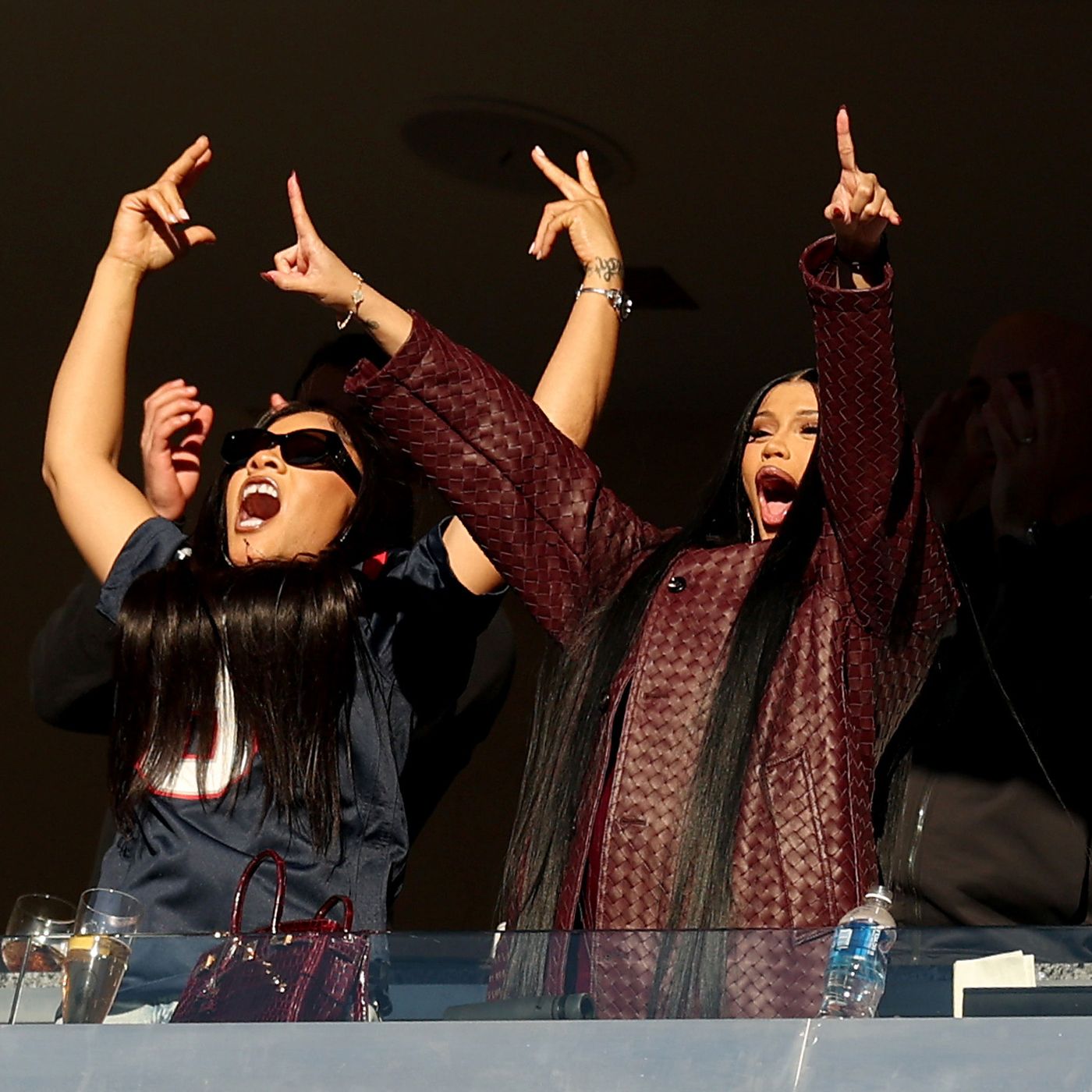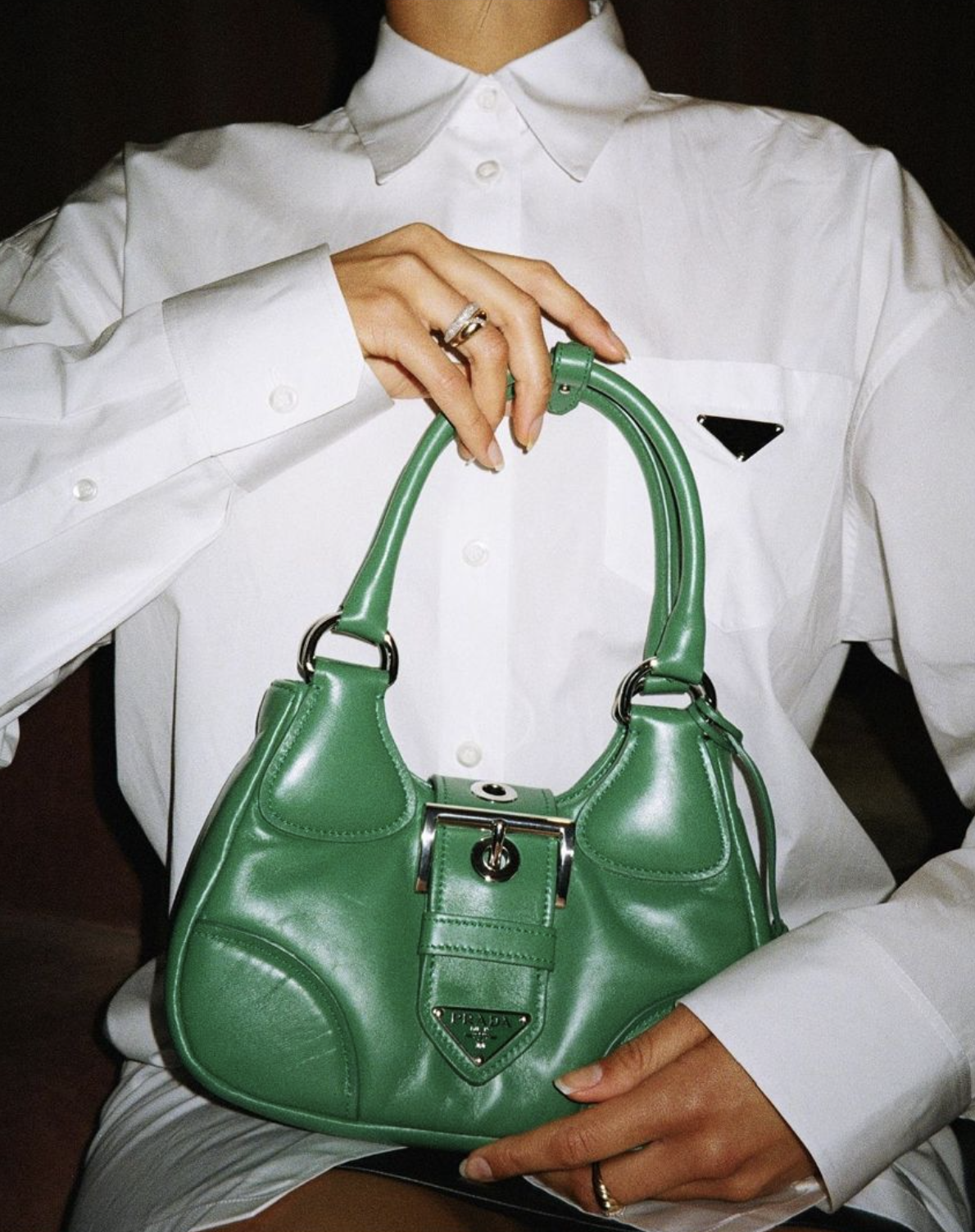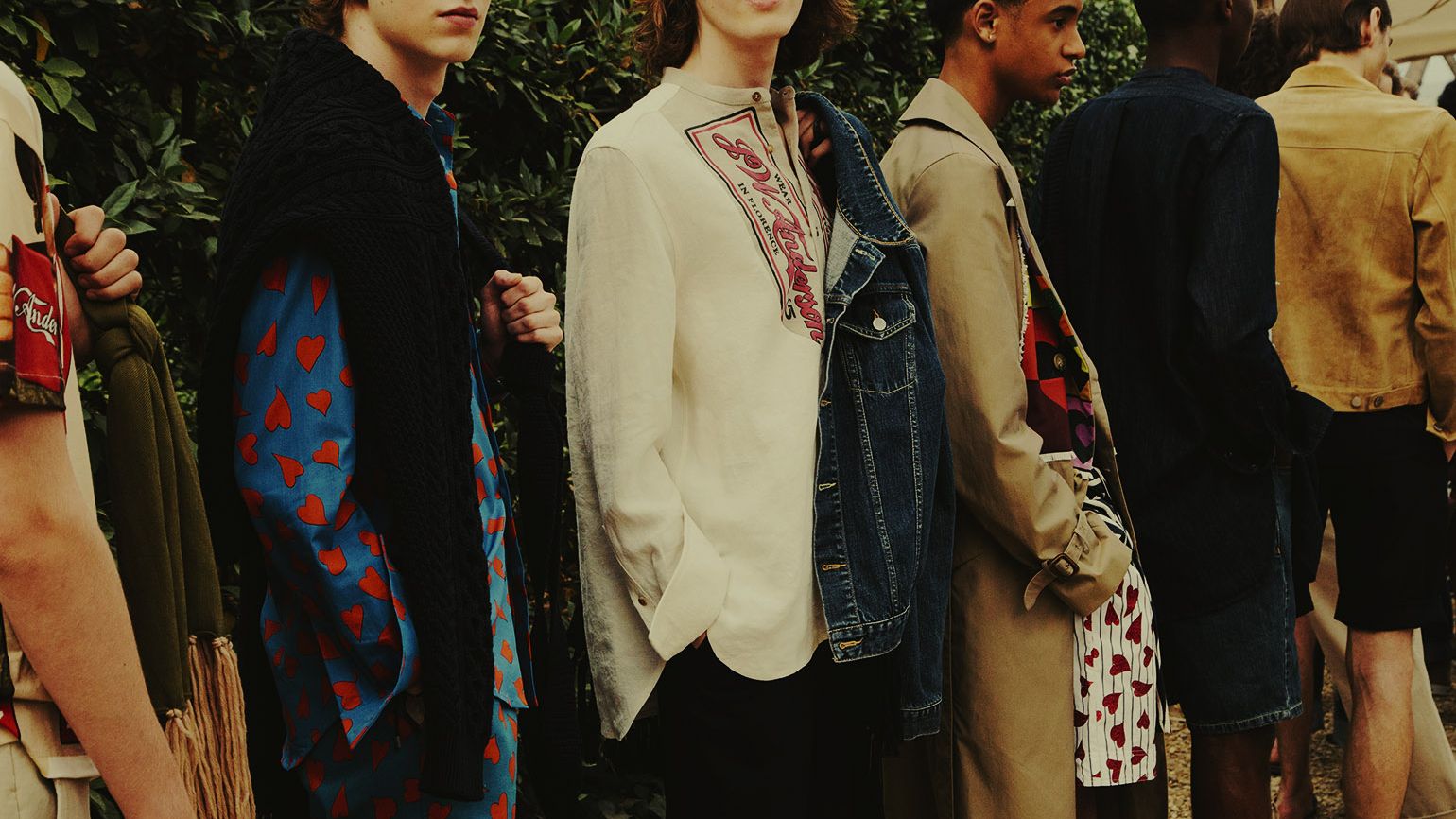The cropped tee, while appearing to be a modest garment, has recently reemerged as a topic of discussion, igniting a spirited debate surrounding fashion, age, and individual expression. This item, known for its shortened hem and snug fit, transcends being merely a top; it represents a cultural symbol tied to a distinct period and questions modern concepts of fashion. The discourse around whether an adult woman should don a cropped tee is familiar territory, yet its current revival has intensified the dialogue, encouraging a reconsideration of style standards and the understated expectations women encounter with aging.
The origin of the baby tee is closely linked to the youth movements of the late 1990s and early 2000s. This top became a staple for both pop icons and teenagers, frequently featuring fun designs, catchy phrases, or quirky pictures. It was usually matched with low-rise jeans or cargo trousers, offering a style that was laid-back yet bold. This trend defied the more structured and formal attire of earlier years, embodying a liberated and relaxed vibe. For numerous women now, the baby tee represents a sentimental reminder of their younger years, connecting them to an era of lively music and unique style.
The resurgence of the baby tee is influenced by the widespread wave of Y2K fashion nostalgia, where trends from the late 90s and early 2000s are resurging. This time, the baby tee is being adapted and worn in novel ways. It’s no longer merely an item for teenagers but is being welcomed by a wider array of women, including those in their thirties, forties, and older. This has sparked a conversation among those who view fashion as a timeless means of self-expression and those who argue some styles are more appropriate for specific ages.
Advocates for the inclusion of baby tees in the wardrobes of mature women contend that fashion choices should be about personal preference, not dictated by age. They assert that style is an expression of individual character and emotions, and that implementing age-related guidelines in fashion is an antiquated and limiting approach. Supporters see the baby tee as a flexible piece that can be styled in various ways, such as under a blazer or with high-waisted pants for a contemporary look. This viewpoint supports the notion that a woman should embrace confidence and self-assurance, and if a baby tee contributes to that feeling, it is an ideal option, irrespective of her age.
On the other hand, a more traditional viewpoint suggests that fashion should evolve with a woman as she matures. This school of thought posits that while trends may come and go, a woman’s style should transition to a more sophisticated and polished aesthetic over time. They believe that a baby tee, with its tight fit and cropped cut, is inherently youthful and can sometimes look out of place on a woman who is no longer a teenager. This perspective, while sometimes criticized for being judgmental, is often rooted in a desire for women to be seen as powerful and elegant, and they feel that certain styles can undermine that image.
The baby tee debate also brings into focus the complex issues surrounding body image and societal expectations. The garment’s snug fit can be a source of both empowerment and anxiety. For some women, wearing a baby tee is an act of defiance against unrealistic beauty standards, a way to celebrate their bodies and feel confident. They see it as a form of reclaiming their narrative and dressing for themselves, not for others. For other women, the pressure to wear a form-fitting and revealing item like the baby tee can be overwhelming, leading to feelings of self-consciousness and a sense of being judged. The resurgence of the baby tee, therefore, has become a symbol of a woman’s complicated relationship with her body and the scrutiny it faces in the public eye.
The question of whether a grown woman should wear a baby tee is less about the garment itself and more about the ongoing cultural conversation about women, aging, and personal freedom. The debate reflects a growing desire to break free from rigid fashion rules and embrace a more inclusive and individualistic approach to style.
While there may never be a consensus, the existence of the conversation is a testament to the power of clothing as a form of communication and a catalyst for broader societal discussions. The final decision to wear a baby tee, or any other item, remains a personal one, and in a world where individuality is increasingly celebrated, that may be the most important part of the conversation.







